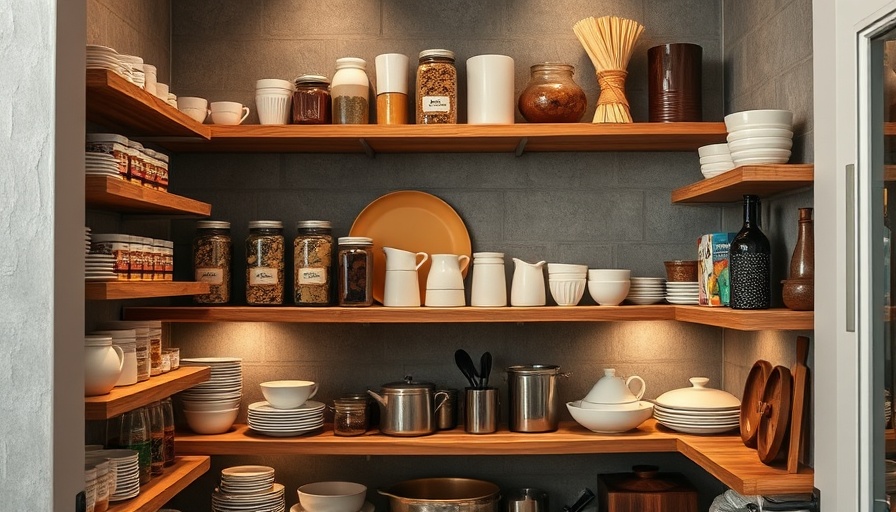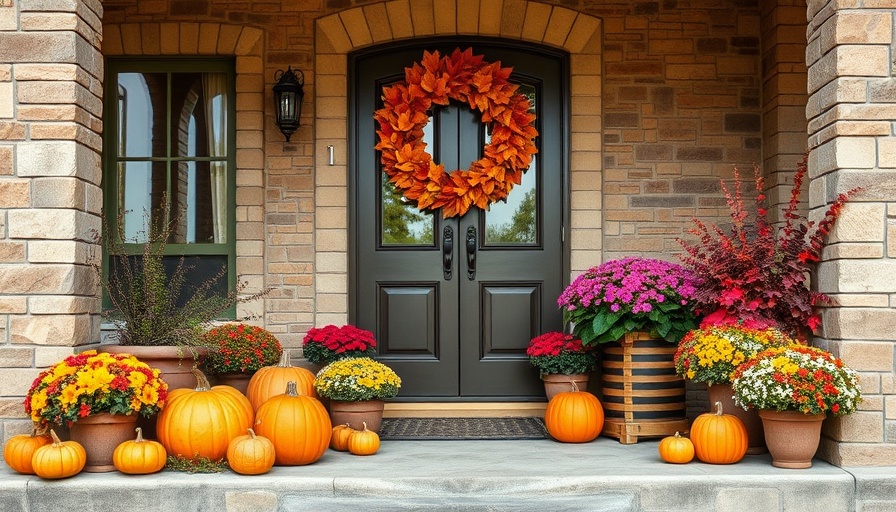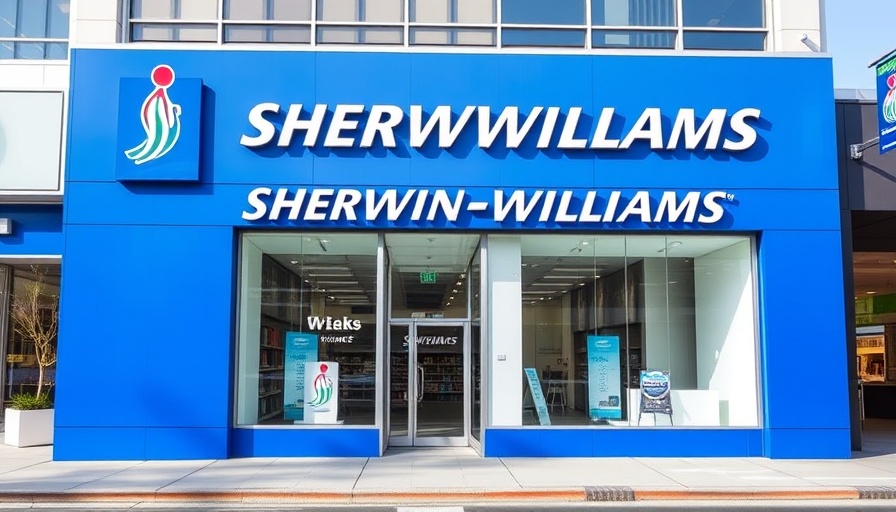
Transform Your Kitchen with a DIY Walk-in Pantry
Building a walk-in pantry is a pragmatic way to boost storage in your home without hiring professionals. With careful planning and commitment, you can craft a space that enhances your kitchen's functionality while keeping it stylish.
Assessing Your Space: The First Step to a Functional Pantry
To kick off your pantry project, start by evaluating where you want it to go. Look for underutilized spaces, like old coat closets or corners by the kitchen where a pantry can fit seamlessly. Measuring these areas is essential—overshadowing the layout elements with precise measurements can ensure your pantry meets your storage needs. Think about ample access and select a layout that caters to the size of your room.
Designing Your Ideal Pantry Layout
Next, plan the design according to your usage requirements. Visualize how many shelves you need, their depths, and the specific zones within your pantry. Assign areas for items like dry goods, snacks, and cleaning supplies. This zoning will help you stay organized. Create a sketch or use digital tools to visualize your layout, making sure to indicate important features like electrical outlets and lighting.
Selecting the Right Materials for Longevity and Aesthetics
Choosing the right materials is crucial for both durability and design appeal. When it comes to shelving, consider wood for sturdiness, melamine for easy cleaning, or wire for budget-conscious options. Don’t forget about flooring—a resilient, easy-to-clean material holds up best in pantries. Implement effective lighting choices, such as LED strip lights or recessed fixtures, to create a well-lit, inviting environment.
Final Touches for Your Walk-in Pantry
As you embark on this DIY journey, remember that patience and precision are key. Installing the pantry according to your plan not only transforms kitchen storage but also adds a unique touch to your home. At the end of your project, you’ll enjoy a beautifully organized and functional pantry that enhances the cooking experience.
Starting a DIY pantry project not only improves home efficiency but also empowers you with skills and confidence for future projects. So, roll up your sleeves and transform your kitchen space!
 Add Row
Add Row  Add
Add 



Write A Comment